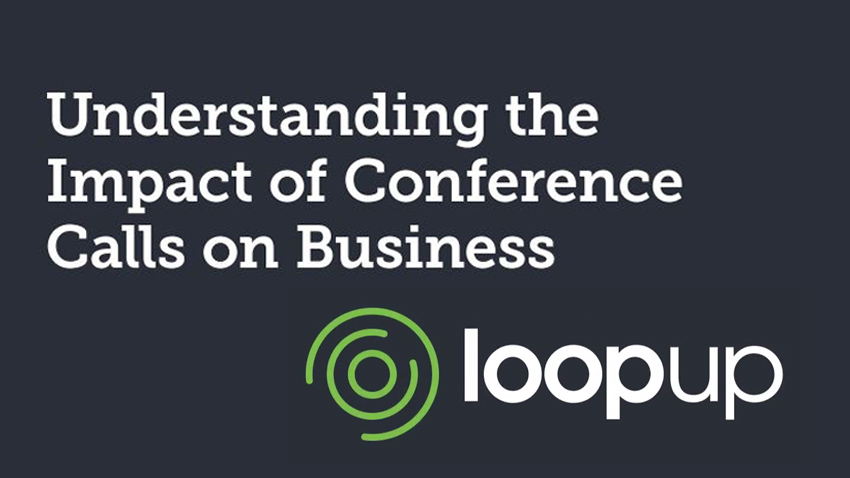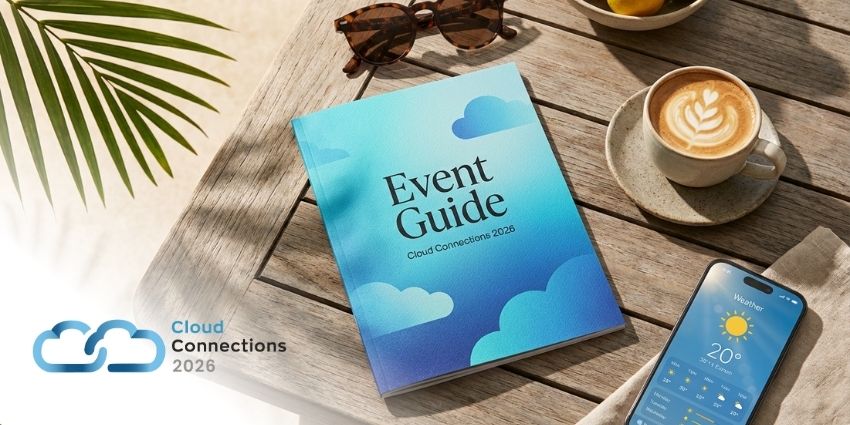Conference calls and remote meetings have become a business-critical part of everyday working life. They help people get more done in their day and they help companies keep travel budgets under control. Globalisation, flexible working, and productivity improvement are all forces that have led to growth in the sector, and people are now spending around 200 billion minutes on conference calls every year – according to a report by Wainhouse Research.
But let’s be honest, they don’t enjoy a great reputation. It’s pretty rare to come across a frequent conference caller who hasn’t had to ask: “who just joined?” or “who’s that speaking?” or “who has all the background noise?” Such frustrations are considered par for the course, and conference calls have become something of a necessary evil.
Quantifying the pain
A survey of 1,000 UK and US conference callers by Research Now found that 81 percent thought productivity was negatively impacted by issues joining the call, tracking down and waiting for missing guests, and dealing with disruptions such as background noise. Furthermore, 75 percent thought that these issues negatively impacted their ability to concentrate or enthusiasm to participate actively in the meeting.
More specifically still, the survey suggested that 13 minutes are wasted on a typical conference call due to these classic frustrations. That’s more than a third of an average 38-minute call or around 66 billion minutes of wasted productivity every year. Layering on the cost of that time, this amounts to over £14 billion of wasted productivity each year in the UK and US alone.
A bigger problem still – security
“Who just joined?” are perhaps the three-most-said words of all time on conference calls and highlight a hole in clear enterprise security. In the Research Now survey, 99 percent admitted that they don’t always know who’s on their calls, and perhaps more worrying still, 60 percent considered this lack of security to be the norm.
Security breaches can be malicious with deliberate unauthorised access, or quite accidental with people joining the wrong call at the right time or the right call at the wrong time. This is a major business risk at worst, and an embarrassing situation at best. Either way, with the enterprise world understandably making major technology investments to protect their security, this is a gaping hole that’s remained unplugged for far too long.
Don’t call us, we’ll call you
Alleviating the £14bn of wasted time and addressing this security hole are prizes surely worth doing something about given the important and confidential business conducted on such calls day in, day out. But what should be done?
The start point is to recognise that ‘dialling in’ to calls with numbers and codes is the underlying root cause of these troubles. Joining in this way leads to a fundamental lack of visibility as to who’s on the call as well as who may be listening in that shouldn’t be.
Fortunately, though, today’s cloud-enhanced workplace presents as effective alternative. At the time of the call, attendees can click a link in the invite, enter their name and phone number, and have the meeting ‘dial out’ to them on demand. This is arguably a lot easier than lengthy access codes, but the real prize is that the attendee is then naturally taken to a web page where they can see who’s on the meeting and who’s speaking. They are guided to a layer of visibility, security and control. At LoopUp, we’re now seeing users join 75 percent of their meetings in this way.
Working towards a world where dial-in is the exception rather than the rule will make remote meetings a more effective productivity tool and a less costly productivity drain.
Guest Blog by Steve Flavell, co-CEO of LoopUp







